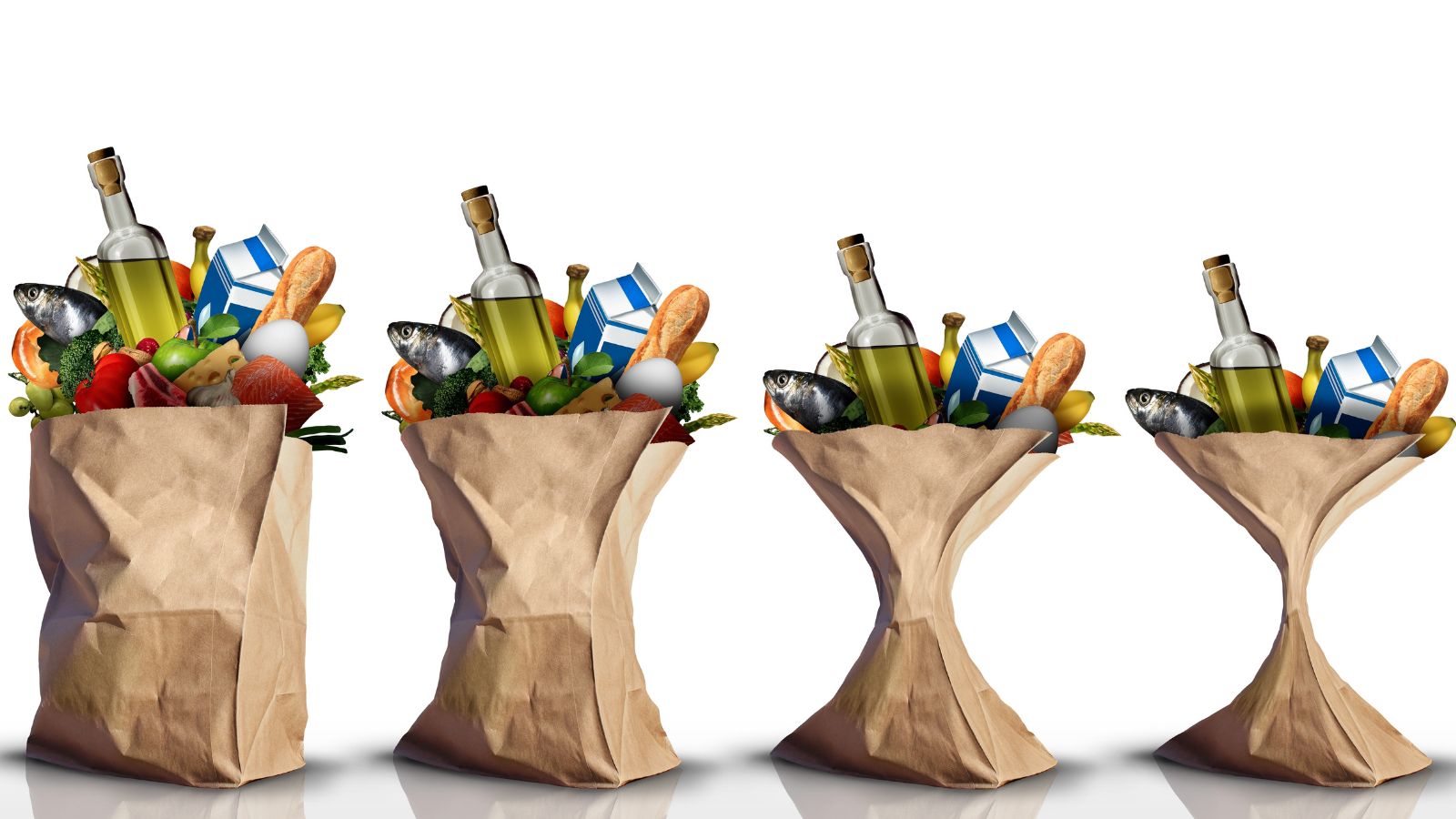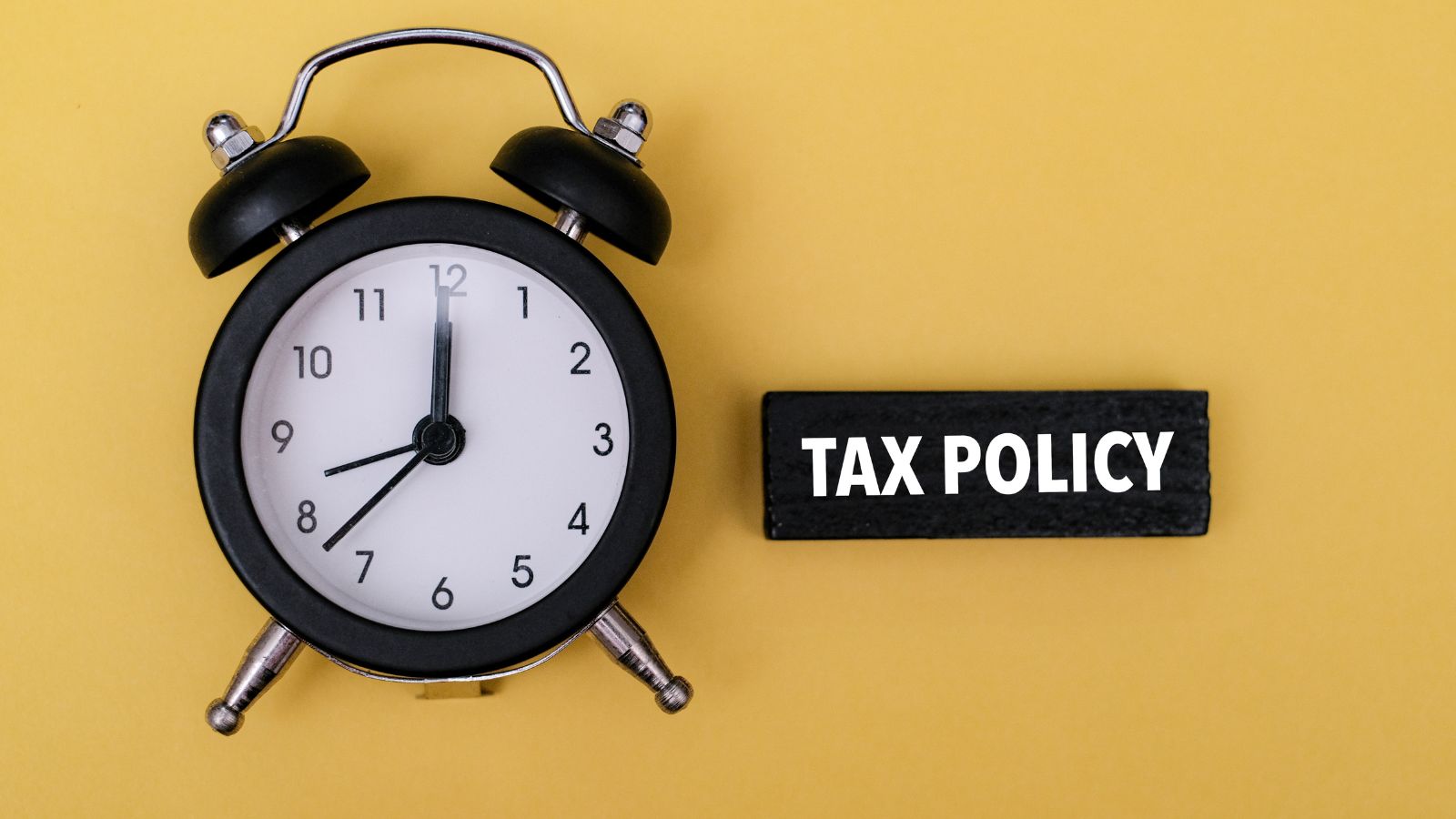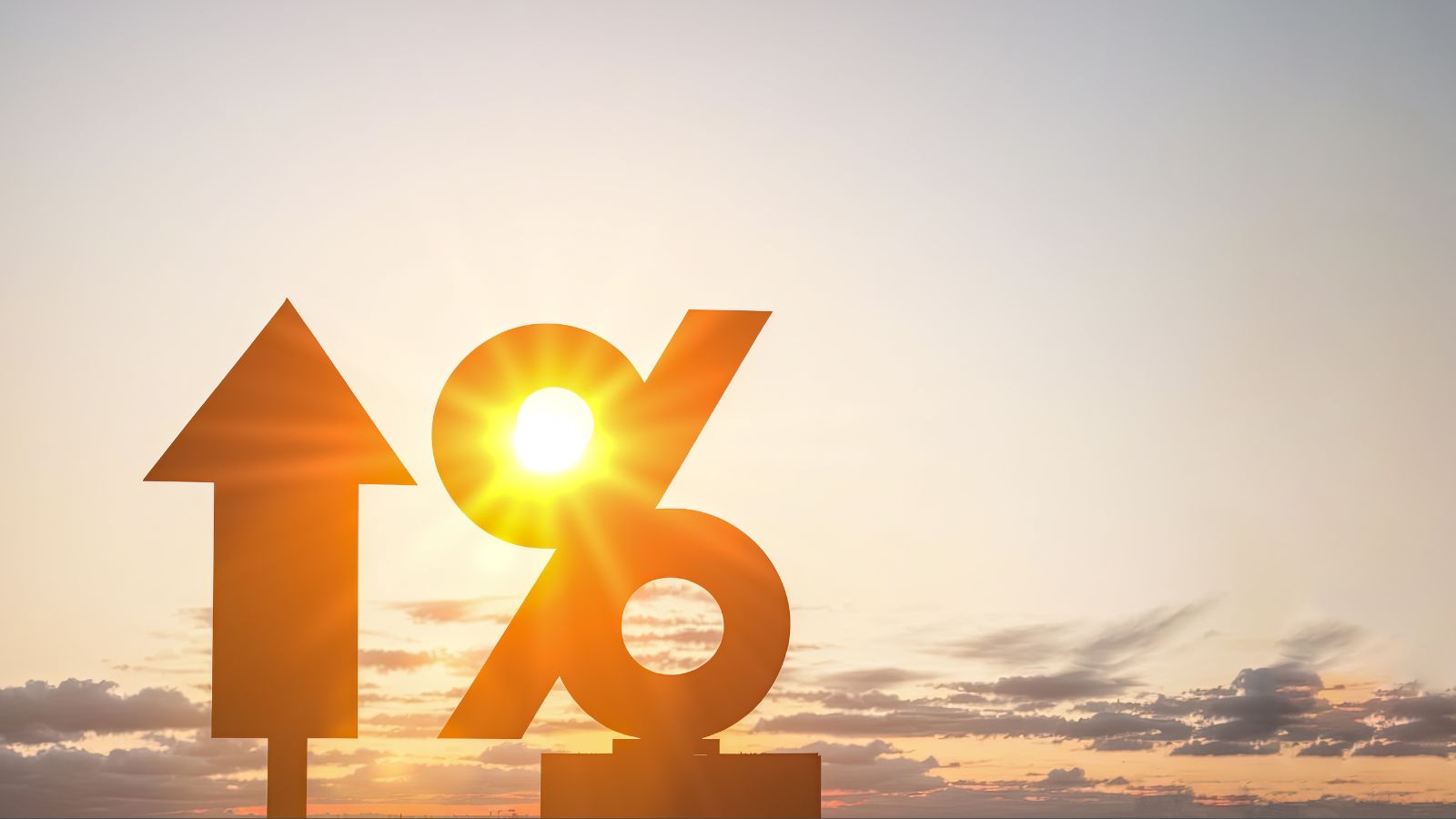If you’ve ever walked into your local grocery store and paused at the checkout, wondering why your basket costs more than it did last year, you’re not alone. Across Canada, the creeping rise of prices isn’t just a matter of statistics—it’s a daily reality that affects how people live, plan, and dream.
In this article, we’ll explore 30 sneaky ways inflation is hitting Canadians harder than they realize.
The Grocery Store Reality

Picture yourself at the supermarket: the milk, eggs, bread, and fruits you used to grab without a second thought now come with a slightly heavier price tag. These small hikes force many individuals to take a closer look at their budgets and choose cheaper alternatives. Every extra cent counts when you’re trying to stretch a paycheck to cover everything on the list.
Shrinkflation

Ever noticed that your favorite snack seems a bit smaller than before, even though the price hasn’t changed? This trick called shrinkflation is all too common. Companies adjust the amount of product you get while keeping the cost the same. So, over time, your money doesn’t go as far. It’s a subtle change that can leave you feeling like you’re constantly shortchanged.
Dining Out, or Not

Dining out has always been a treat. A chance to catch up with friends or celebrate a special occasion. However, as restaurants face higher costs for ingredients and labor, they slowly raise their prices. The result? Those familiar places that once felt affordable now require you to think twice before booking a table, making home-cooked meals the more budget-friendly option.
The Steady Climb of Utility Bills

Have you ever opened an electricity bill and felt a sinking feeling? Rising costs for electricity, water, and natural gas are a constant reminder that everyday services aren’t free. These bills eat up a significant portion of monthly income for many households, leaving less for everything else.
Pump Prices That Don’t Stop Climbing

Fuel prices are a common talking point on the radio and in the news. But for drivers, they’re much more than just headlines. Whether you’re commuting to work, running errands, or planning a road trip, every extra cent at the pump adds up. It’s not just about your car—it’s about how much every delivery, every service, and every product relies on fuel, too.
Mortgage Renewal Jitters

For homeowners, the thought of renewing a mortgage can be nerve-wracking. Many Canadians have mortgages with variable or short-term fixed rates. A small rate hike can lead to a noticeable jump in monthly payments. This unexpected change forces families to reassess their spending, sometimes cutting back on non-essentials or delaying other financial goals.
The Rent Squeeze

Not everyone owns a home, and for renters, the situation can be even tougher. From repairs to property taxes, landlords are facing rising costs, and they pass these expenses on through higher rent. In cities where affordable housing is already scarce, a small increase in rent can mean a big strain on your budget and your peace of mind.
Hidden Fees and the “Little” Costs

Sometimes, it feels like money just disappears. Many banks and service providers add on small fees or tweak the terms of your account in ways that aren’t immediately obvious. These hidden costs might seem trivial on their own. However, over the course of a year, they can add up to a significant dent in your disposable income.
Savings That Don’t Stretch

Saving money is hard work, and it’s even harder when the value of those savings slowly slips away. Even if you’re diligent about setting aside a little each month, inflation means the purchasing power of that money isn’t what it used to be. It’s like running on a treadmill; no matter how much you save, you’re still feeling the squeeze when you try to buy everyday essentials.
Healthcare That Costs More

When you’re unwell, the last thing you need is to worry about the cost of treatment. Yet, rising prices for prescription drugs and certain medical services are a reality for many Canadians. Although the public healthcare system covers the bulk of expenses, those out-of-pocket costs can quickly add up, creating a barrier to getting the care you need.
The Price of Education

For parents and students alike, education is an investment in the future. But it’s getting more expensive every year. Higher tuition fees, costlier textbooks, and the rising price of supplies make pursuing post-secondary education challenging. The dream of a better future can sometimes feel out of reach when financial burdens weigh heavily.
Keeping Your Car in Shape

Your car isn’t just a machine; it’s a part of your everyday life. But maintaining it has become more expensive, too. With the cost of repairs, parts, and regular maintenance on the rise, owning a car can quickly become a financial headache. It’s yet another example of how inflation affects not just what you buy but how you keep what you already have running.
The Digital Life We Live

From streaming movies to the apps that help us manage our lives, we live in a world where almost everything is just a click away. However, these digital services don’t come for free. Over time, monthly subscriptions to streaming platforms, software, and online news services have seen their prices creep up, subtly adding to your monthly bills.
Childcare Costs That Break the Bank

Childcare is one of the most significant expenses for families with young children. As fees for daycare and after-school programs rise, many parents find themselves forced to work extra jobs or cut back in other areas to cover these costs. It’s a constant balancing act, one that can leave little room for the unexpected.
When Fun Becomes a Luxury

A night out, a weekend getaway, a movie with friends we all need a break sometimes. But when the cost of leisure activities like concert tickets, sporting events, or even a simple dinner out increases, those moments of joy can feel like luxuries rather than regular treats. The simple pleasure of having fun becomes something to plan for carefully, sometimes only for special occasions.
Small Businesses Feel the Pinch, Too

Local shops and family-run restaurants are the heart of many communities. These small businesses are run with a personal touch. Many of us have built relationships with our favorite local store owners. However, rising costs force these businesses to raise their prices too. This means that the charm of your hometown shop now comes with a higher price tag, one that might make you think twice about your next purchase.
Insurance Costs on the Rise

Insurance is meant to provide peace of mind, a safety net for unexpected events. Yet, as the cost of repairs and medical care climbs, so do the premiums. Whether it’s auto, home, or health insurance, the increase in costs can add another recurring expense that many families struggle to absorb.
The High Price of Getting Away

Travel offers a much-needed escape from the everyday grind. But with airfares, hotel rates, and rental car fees on the rise, vacations are becoming more expensive. For those who dream of a break from the daily routine, the higher cost of travel means postponing or even canceling plans to explore new places.
Everyday Essentials Are Pricier

It might seem insignificant when the price of cleaning supplies or personal care items goes up by a few cents. But when you add up these small increases like shampoo, toothpaste, soap, it starts to chip away at your monthly budget. These everyday essentials, though often overlooked, contribute significantly to the financial pressure many families experience.
Extra Charges That Add Up

Have you ever been surprised by an extra service charge on a restaurant bill or noticed that your favorite coffee shop has adjusted its tip suggestions? These small additional charges, while seemingly insignificant on a single visit, accumulate over time, contributing to a feeling that every outing is a bit more expensive than before.
The Price of Staying Connected

In today’s world, staying connected isn’t a luxury—it’s a necessity. Whether you need reliable internet for work or a good mobile plan to stay in touch with loved ones, the cost of these services is rising. As providers adjust prices to cover their costs, many find that staying connected sometimes means sacrificing a little extra of their hard-earned money.
The Daily Commute Gets Pricier

For many, public transportation is the backbone of the daily commute. Yet, rising fares mean that getting to work, school, or even running errands costs more than it used to. This isn’t just about inconvenience; it’s about the added financial burden on those who rely on transit every day.
Imported Goods Hit the Wallet

Canada’s economy is deeply intertwined with global trade. As the Canadian dollar weakens against other currencies, imported products—ranging from electronics to clothing—tend to cost more. Even if you’re shopping at a local store, global economic shifts are often felt in the prices you pay.
Worrying About the Future in Retirement

For those who have worked hard and saved for retirement, the idea that inflation might erode those savings is deeply unsettling. Many Canadians worry that even a well-funded retirement nest egg might not be enough to maintain their standard of living if the cost of everyday life continues to rise. It’s a worry that makes long-term financial planning feel even more challenging.
Home Maintenance Costs That Keep Climbing

Owning a home is seen as a cornerstone of security and stability. However, with the cost of building materials and labor on the rise, keeping your home in good repair can become a major expense. Whether it’s a leaky roof or a needed kitchen renovation, these costs add up and can force families to delay repairs or improvements they really need.
The Ripple Effects of Higher Energy Prices

When energy prices rise, the effect isn’t confined to your utility bill; it ripples through the entire economy. Higher energy costs mean that almost every product, from food to transportation services, becomes more expensive. Reminding us that the price of keeping our homes warm or our cars running has far-reaching impacts.
Property Taxes That Continue to Climb

Property taxes are an unavoidable expense for homeowners. As property values rise in popular areas, so do these taxes. While higher home values can feel like a sign of prosperity, the accompanying tax hikes can put an extra strain on family finances.
Bundled Services That Slowly Increase

Many Canadians subscribe to bundled services that combine TV, internet, and phone plans. These bundles are marketed as convenient and cost-effective. However, over time, even bundled prices tend to creep up. It’s another example of how small, gradual increases can accumulate into a noticeable financial burden.
Global Events That Hit Home

Sometimes, the price hikes aren’t due solely to domestic factors. Global events, be they trade disputes, pandemics, or geopolitical tensions, can disrupt supply chains and cause sudden price spikes. Even if these events seem distant, their impact quickly reaches Canadian shores. Reminding us that we’re all connected in a global economy.
The Burden of Debt

From credit cards to personal loans, debt is a constant companion for many. As interest rates rise or fluctuate in response to economic conditions, a larger share of monthly income can be channeled toward debt repayments. This makes it harder to cover everyday expenses or save for the future, creating a cycle that feels almost impossible to break.
Conclusion

As we move forward, the conversation about inflation must be practical and empathetic. It’s not enough to talk about numbers and rates when what matters most is how those numbers affect our lives. The fight against inflation is as much about preserving our way of life as it is about economics.
We can begin to see the full picture by understanding and sharing these 30 ways that inflation impacts Canadians. And through that understanding, we can work together, whether as individuals, communities, or nations, to find solutions that give us back a little breathing room, security, and hope for tomorrow.
25 Countries Predicted to Become Economic Superpowers in the Next 20 Years

The strength of an economy plays a crucial role in various international policies about trade and relations. Certain factors determine the strength of an economy, including population growth, availability of resources, and development and advancement. Here are 25 countries predicted to become economic superpowers in the next 20 years
25 Countries Predicted to Become Economic Superpowers in the Next 20 Years
